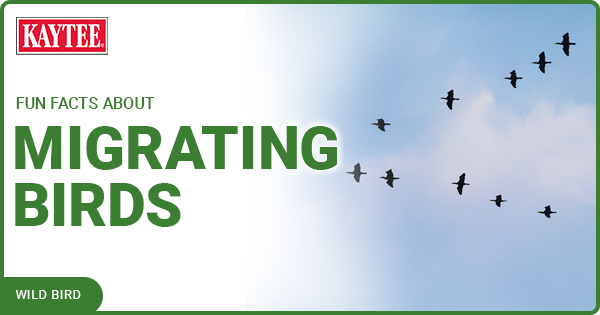Bird Identification By Color
Wild birds come in every color of the rainbow, from neutral browns, grays, and black to brilliant pops of red, yellow, and green. Some birds even show stunning shades of pink or purple! Color is an important clue to use when learning to identify birds.
Overall Bird Colors
It can be very easy to identify birds when they are boldly colored, such as the rapturous red of the northern cardinal, the bold blue of the blue jay, or the outrageous orange of the Baltimore oriole. When colors are so stunning, just one or two other markings or features can help identify the bird. The northern cardinal has its black mask, the blue jay has a jaunty crest, and the Baltimore oriole has a black hood. Without looking any closer than just their bright colors and these easy features, these birds can be confidently identified.

Tips to Identify Birds by Color
It is not always quite so easy to identify birds by color, however. Many warblers, for example, have bursts of yellow in their plumage, and many different sparrows and finches are various shades of brown and tan. When birds have similar colors, it is important to look more closely at the colors and markings of each bird to identify the individual species. To identify birds by color, look for…
- Hue – The same colors can have different hues or tones. Red, for example, may be the brighter strawberry, cheery shade of house finches, or the darker, raspberry, more sophisticated tone of purple finches, or even the fire engine bold red of the scarlet tanager.
- Location – Different birds may have splashes of color on the crown, breast, face, flanks, wings, rump, throat, shoulders, or other areas . These colors can be great identity clues, like the red patch of the red-winged blackbird or the peach-orange flanks of the tufted titmouse.
- Marking Shapes – Looking more closely at birds' markings can help identify each bird. Are the markings thin streaks like the savannah sparrow, arrowhead shapes like the fox sparrow, or messy blotches like the song sparrow?
- Contrast – Note how different colors contrast with one another. If a bird has patches of color, are the edges blurred or sharp? How boldly do the colors stand out against one another? These clues can help define the bird's overall coloration for easier identification.
- Metallics – Some birds have unique feather structures that are iridescent and shine like metal in bright sunlight. This is especially true of hummingbirds' throats, wing patches on ducks, and the overall color of starlings. In dull light on cloudy days, these birds may not show their iridescent colors at all.

Beyond Bird Colors
Color is often the first clue many birders and bird-lovers notice and use for proper bird identification, but there are times when color alone may not be enough. For example, the female rose-breasted and blackheaded grosbeaks look nearly identical, even though their respective males are much brighter and can easily be identified by color. Females, however, are better distinguished by range, since rose-breasted grosbeaks are an eastern species, while black-headed grosbeaks are found almost exclusively in the west.
In addition to range, other clues to note when color isn't quite enough to identify a bird are the bird's overall size, bill shape, tail length, tail shape, and habitat preferences. If the bird is singing, its voice can be a great identification clue, or the way a bird flies can help pinpoint its identity. Take note of the season as well, since some birds may look dramatically different in different seasons. The American goldfinch, for example, is bright lemony yellow in spring and summer, but duller olive/yellow in fall and winter.
In order to get the very best views of birds to see their colors clearly, a backyard feeding station or bird bath is essential. This will bring the most colorful birds – cardinals, goldfinches, buntings, bluebirds, and more – right into view where their colors are most vibrant.
---
Sources:
All About Birds (general color identification) - https://www.allaboutbirds.org/news/bird-id-skills-color-pattern/
Birds and Blooms (color and field marks) - https://www.birdsandblooms.com/birding/birding-basics/look-identifying-bird/
Avian Report (color and field marks) - https://avianreport.com/how-to-identify-birds/
Project FeederWatch (house finch/purple finch) - https://feederwatch.org/learn/tricky-bird-ids/purple-finch-house-finch-and-cassins-finch/








.png?h=315&iar=0&w=600&hash=9C09A701CB4D5CF9B2C5B7FA2DA01F2E)




